- JST Home
- /
- Strategic Basic Research Programs
- /
 CREST
CREST- /
- Research Director/
- Research on Multi-sensing Biosystems and Development of Adaptive Technologies/
- [MultiSensing] Year Started : 2022
[MultiSensing] Year Started : 2022
Kenichi Ohki
Coordinate transformation circuits for multisensory unified perception
Grant No.:JPMJCR22P1
Research Director
Kenichi Ohki
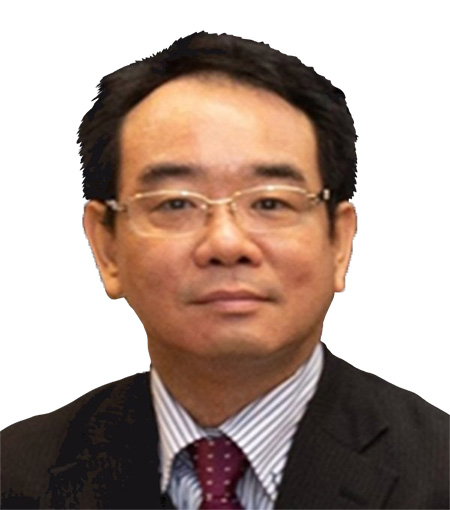
Professor
Graduate School of Medicine
The University of Tokyo
Collaborator
| Takuya Isomura | Unit Leader Center for Brain Science RIKEN |
Outline
We perceive a unified image of the world by integrating multiple senses. For example, when we grasp an object in front of us, we naturally perceive the identity of the object touching our hand and the object we are looking at. In this study, we will elucidate the mechanism that produces such unified perception among multiple senses both experimentally and theoretically by elucidating the coordinate transformation circuit in the multisensory areas in the parietal and temporal lobes, and by predicting and verifying it based on the free energy principle.
Kazunori Ohno
Elucidation of super-sensing in dogs via social signals
Grant No.:JPMJCR22P2
Research Director
Kazunori Ohno
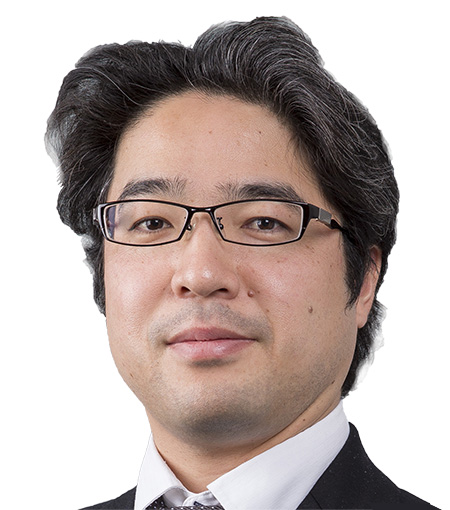
Professor
Tough Cyberphysical AI Research Center
Tohoku University
Collaborator
| Takatomi Kubo | Associate Professor Graduate School of Science and Technology Nara Institute of Science and Technology |
| Miho Nagasawa | Professor School of Veterinary Medicine Azabu University |
| Kouichi Fujiwara | Designated professor School of Engineering Nagoya University |
| Toshitaka Yamakawa | Research Associate Department of Research and Development Quadlytics Inc. |
| Kouichi Fujiwara | Professor Research Institute for Electronic Science Hokkaido University |
Outline
There is a need for research on super sensing that estimates inner human emotions through social signals emitted unconsciously by humans. We propose research on the measurement and elucidation of the super sensing mechanism in which the canines notice human’s inner emotions through unconscious social signals. Facility dogs and general domestic dogs, which are easy to detect changes in the inner emotions of patients and owners, are used to elucidate the mechanism.
Hidehiko Takahashi
Manipulation and visualization of hallucination spectrum
Grant No.:JPMJCR22P3
Research Director
Hidehiko Takahashi
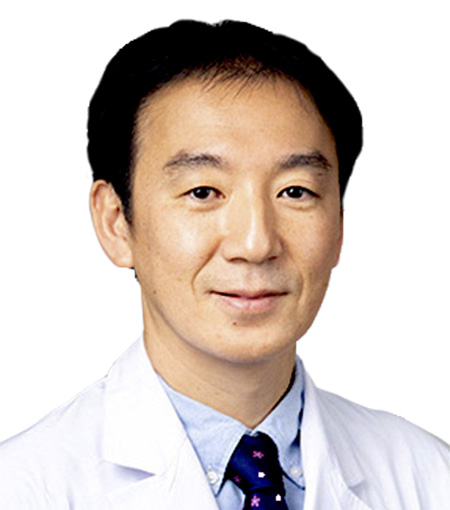
Professor
Graduate School of Medical and Dental Sciences
Institute of Science Tokyo
Collaborator
| Yukiyasu Kamitani | Department Head Computational neuroscience laboratories Advanced Telecommunications Research Institute International |
| Masayuki Hara | Professor Academic Association (Graduate School of Science and Engineering) Saitama University |
Outline
We view the “hallucination spectrum” as a continuum of (1) information completion based on physiological predictions, (2) illusions, and (3) pathological hallucinations according to the degree of control over image generation based on brain predictions. External object, body, and self-images are also viewed as a continuum according to the size of the complementary information based on prediction. We aim to manipulate the hallucination spectrum using XR and robot technology and visualize the brain information representation of the hallucination spectrum by decoding brain information technology in healthy subjects and psychiatric/neurological disorders.
Masahiko Haruno
Multiple World Predictive Coding in Cyber Society
Grant No.:JPMJCR22P4
Research Director
Masahiko Haruno
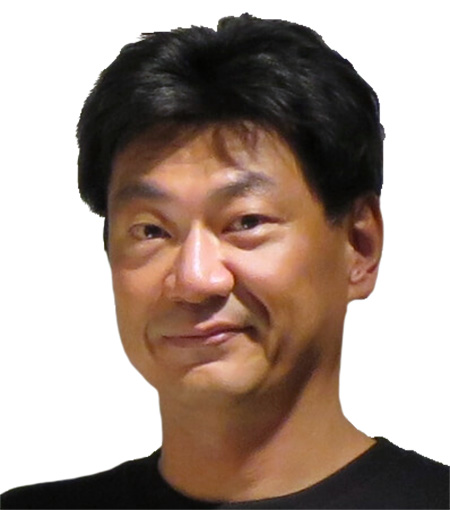
Director
Advanced ICT Research Institute
National Institute of Information and Communications Technology
Collaborator
| Hideyuki Andou | Professor Department of Arts Osaka University of Arts |
| Tsuyoshi Nihonsugi | Professor Faculty of Economics Osaka University of Economics |
| Taku Hachisu | Assistant Professor Faculty of Engineering, Information and Systems University of Tsukuba |
Outline
Now that cyber society where individuals move between several virtual worlds as different avatars and operate in multiple worlds is becoming a reality, it is desirable to develop multisensory information communication technology that enables humans to enjoy the benefits of multiple worlds without burdening the brain and body, and also enables self-transformation. In this research, researchers with backgrounds in computational neuroscience, VR technology, haptic devices, and behavioral economics will collaborate to elucidate the brain mechanisms of multiple-world predictive coding and its application.
Yutaka Hirata
Geometric understanding of spatial orientation
Grant No.:JPMJCR22P5
Research Director
Yutaka Hirata
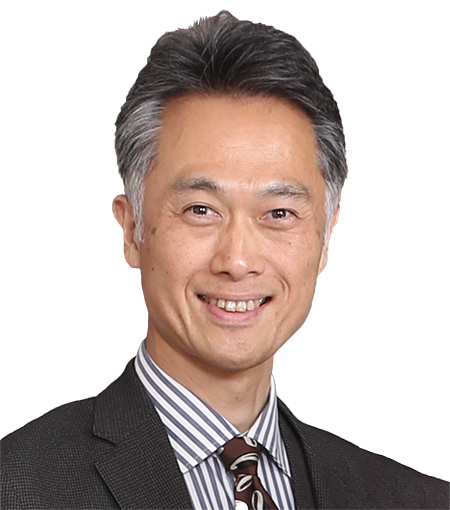
Professor
College of Science and Engineering
Chubu University
Collaborator
| Zin Arai | Professor School of Computing Institute of Science Tokyo |
| Nobuyuki Kawai | Professor Graduate school of Informatics Nagoya University |
Outline
The perception of one’s own posture and motion state is called spatial orientation. Spatial orientation is formed by integrating multimodal sensory information from vestibular, visual, and somatosensory systems. Animals that have evolved and developed on the earth use gravity, which is invariant at 1 G directed downward, as a reference axis, and form spatial orientation based on gravity sensation estimated in the brain. In this study, we formulate the neural mechanism of gravity perception and spatial orientation formation by multisensory integration using a new mathematical theory, and establish a method to manipulate spatial orientation.
Hiroaki Wake
Integrated understanding of the sensory-cognitive system through neuro-immune interaction
Grant No.:JPMJCR22P6
Research Director
Hiroaki Wake
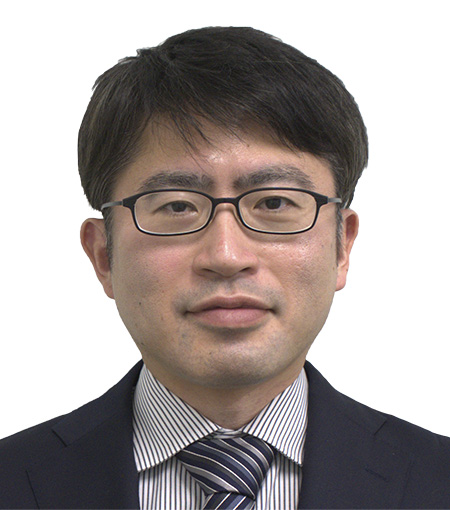
Professor
Graduate School of Medicine
Nagoya University
Collaborator
| Kazuo Emoto | Professor School of Science The University of Tokyo |
| Rie Hasebe | Specially Appointed Associate Professor National Institute for Physiological Sciences National Institutes of Natural Sciences |
| Osamu Matoba | Professor Center of Optical Scattering Image Science Kobe University |
Outline
In this study, we will elucidate the molecular and circuit mechanisms, and immune contribution on peripheral and central sensory information processing to clarify the pathological sensory processing in psychiatric diseases. First, the sensory-immune coupling in the peripheral nervous system will be clarified at each developmental stage, focusing on molecular dynamics. Furthermore, sensory transmission using holographic microscopy developed by the applicants will be used to extract pathological features.













